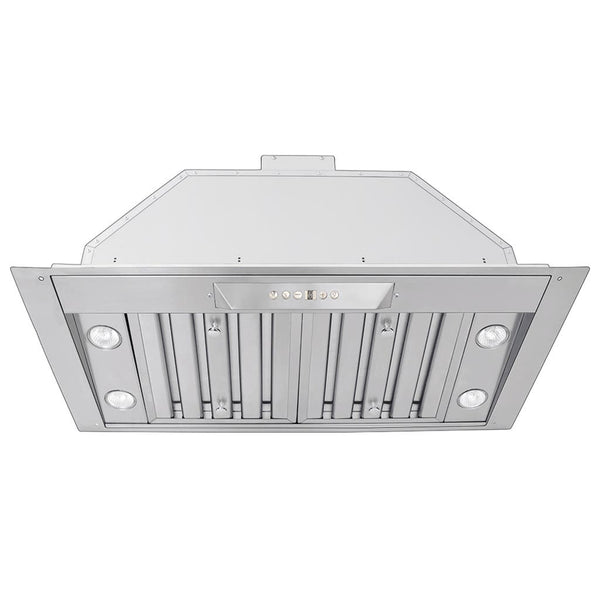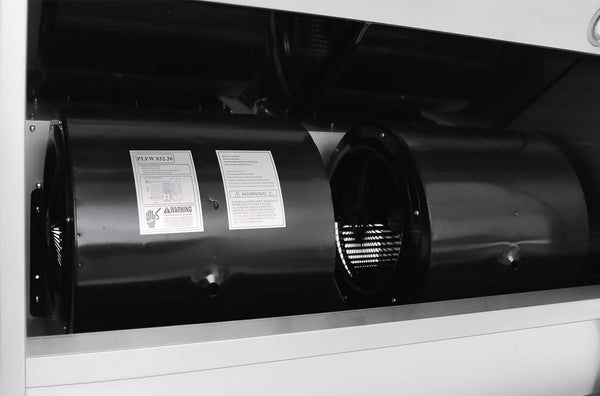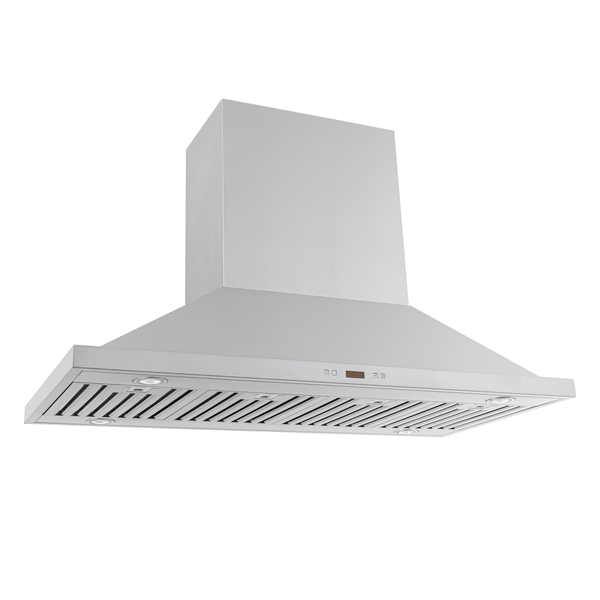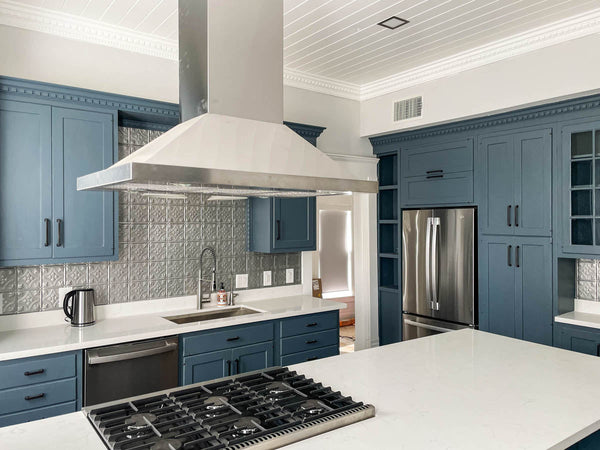Table of Contents
When it comes to maintaining a healthy and fresh kitchen environment, range hoods play a pivotal role. They are essential for venting smoke, steam, and odors out of your kitchen, ensuring a pleasant cooking experience.
However, a question that often arises is whether an indoor range hood can be installed outside. Let's delve into this topic and provide you with the necessary insights to make an informed decision.
Can Indoor Range Hoods Be Used Outdoors?
The simple answer is no, indoor range hoods are not designed to withstand the elements found in outdoor environments. Here's why:
Weather Resistance
Indoor range hoods are not built to handle exposure to rain, wind, or extreme temperatures. Outdoor environments can cause rust, electrical issues, and overall degradation of the hood's performance.
Material Durability
Outdoor range hoods are constructed from materials that can endure harsh weather conditions. Indoor hoods, on the other hand, are typically made from materials that are not weatherproof.
On our outdoor range hoods we use a special 304 stainless steel, read more about it here!
Ventilation Requirements
Outdoor cooking often involves grilling, which produces more smoke and grease than indoor cooking. Outdoor range hoods are specifically designed to handle this increased load, whereas indoor hoods may not provide sufficient ventilation.
Understanding Range Hoods

Range hoods are ventilation devices installed above your stove or cooktop to capture airborne grease, combustion products, fumes, smoke, heat, and steam.
Types of Outdoor Range Hoods
There are several types of range hoods available, each designed for specific settings:
- Under-cabinet Range Hoods: These are installed beneath kitchen cabinets and are ideal for kitchens with limited space.
- Wall-mounted Range Hoods: These hoods are attached directly to the wall and are typically used when there are no cabinets above the stove.
-
Island Range Hoods: Designed for cooktops located on kitchen islands, these hoods hang from the ceiling.
Choosing the Right Outdoor Range Hood
If you are considering an outdoor kitchen setup, it's important to select the appropriate range hood. Here are some factors to consider:
Size and Coverage
Ensure that the hood is wide enough to cover your cooking area completely. A good rule of thumb is to choose a hood that is at least 12” wider than your grill or cooktop.
Ventilation Power
Outdoor range hoods should have a higher cubic feet per minute (CFM) rating to effectively vent smoke and odors. Look for a hood with a CFM rating that matches your cooking style and frequency.
Practical Advice for Installation
Professional Installation
Due to the complexity and safety concerns involved, it's advisable to hire a professional for the installation of an outdoor range hood. A professional will ensure proper electrical connections and ventilation setup.
Regular Maintenance
Outdoor range hoods require regular cleaning and maintenance to ensure optimal performance. Clean the filters and surfaces regularly to prevent grease buildup.
Conclusion
While indoor range hoods serve an essential function in maintaining a fresh and healthy kitchen environment, they are not suitable for outdoor use. Outdoor kitchens require specialized range hoods designed to handle the elements and increased cooking demands.
By choosing the right outdoor range hood and following best practices for installation and maintenance, you can enjoy efficient ventilation and a pleasant cooking experience in your outdoor kitchen.
Remember, when it comes to kitchen ventilation, making informed decisions is key to achieving the best results. Whether you're a home renovation contractor or an amateur home cook, understanding the functionality and benefits of different range hoods will empower you to create a healthier and more enjoyable cooking environment.













